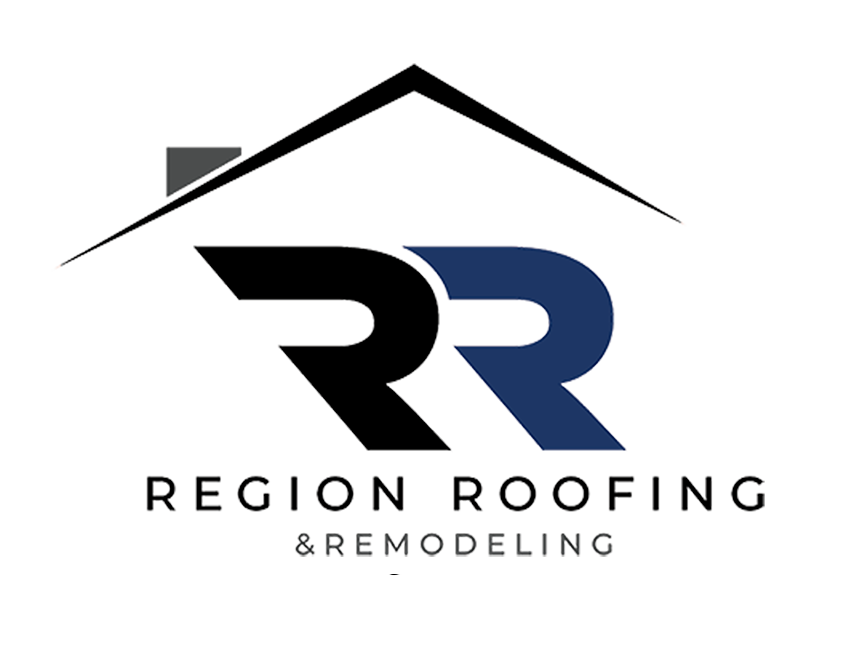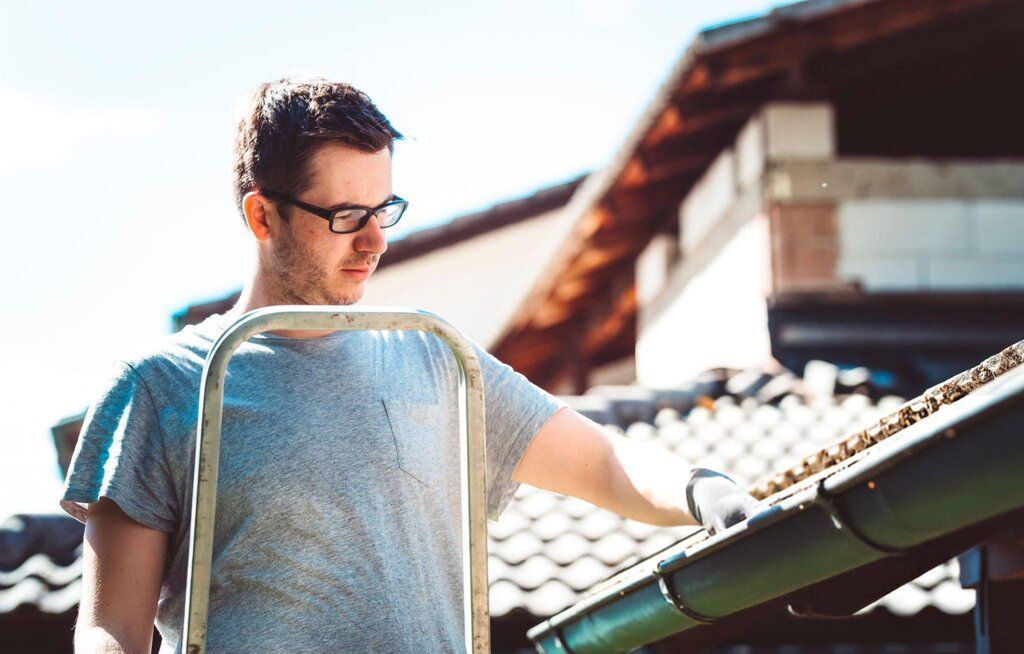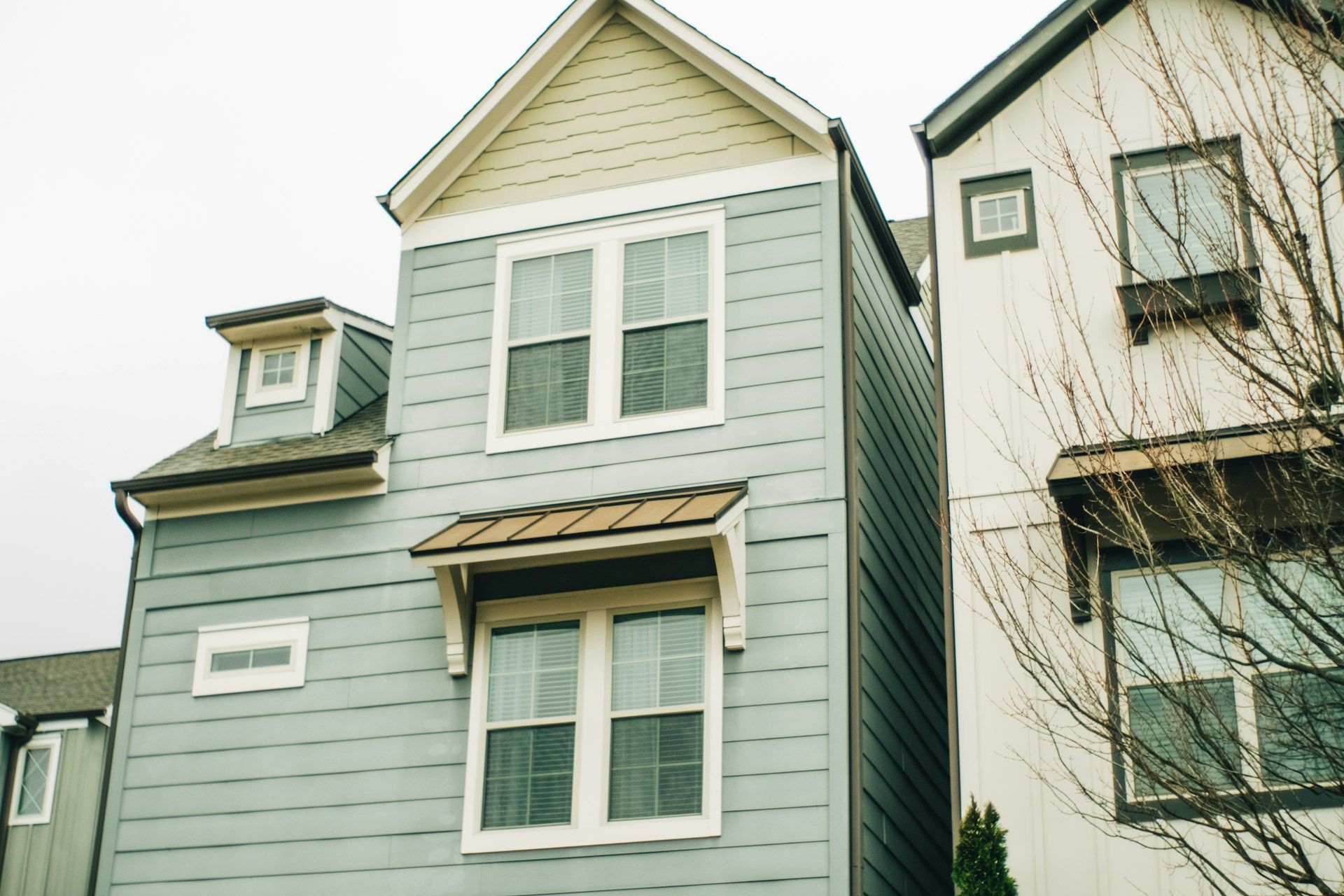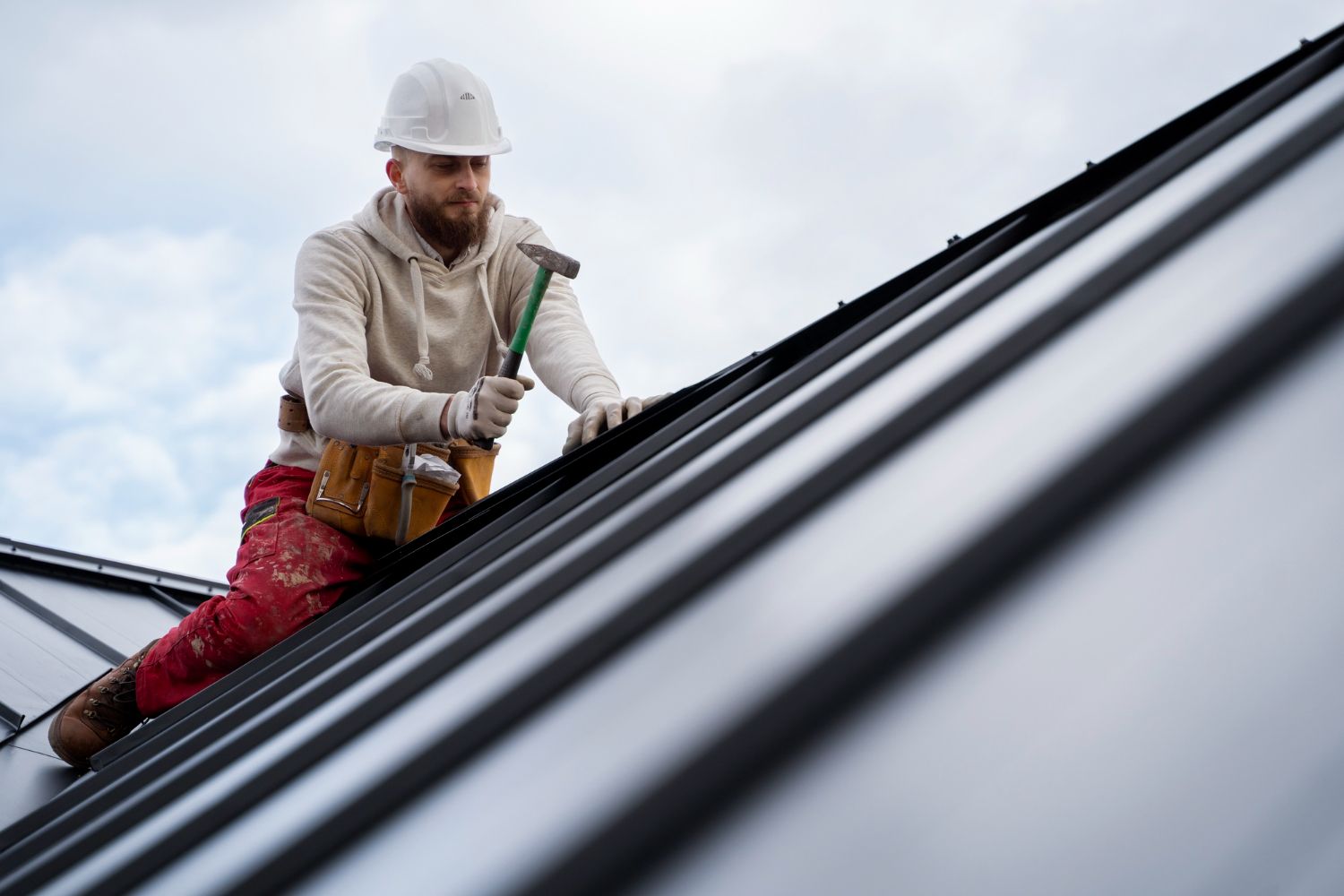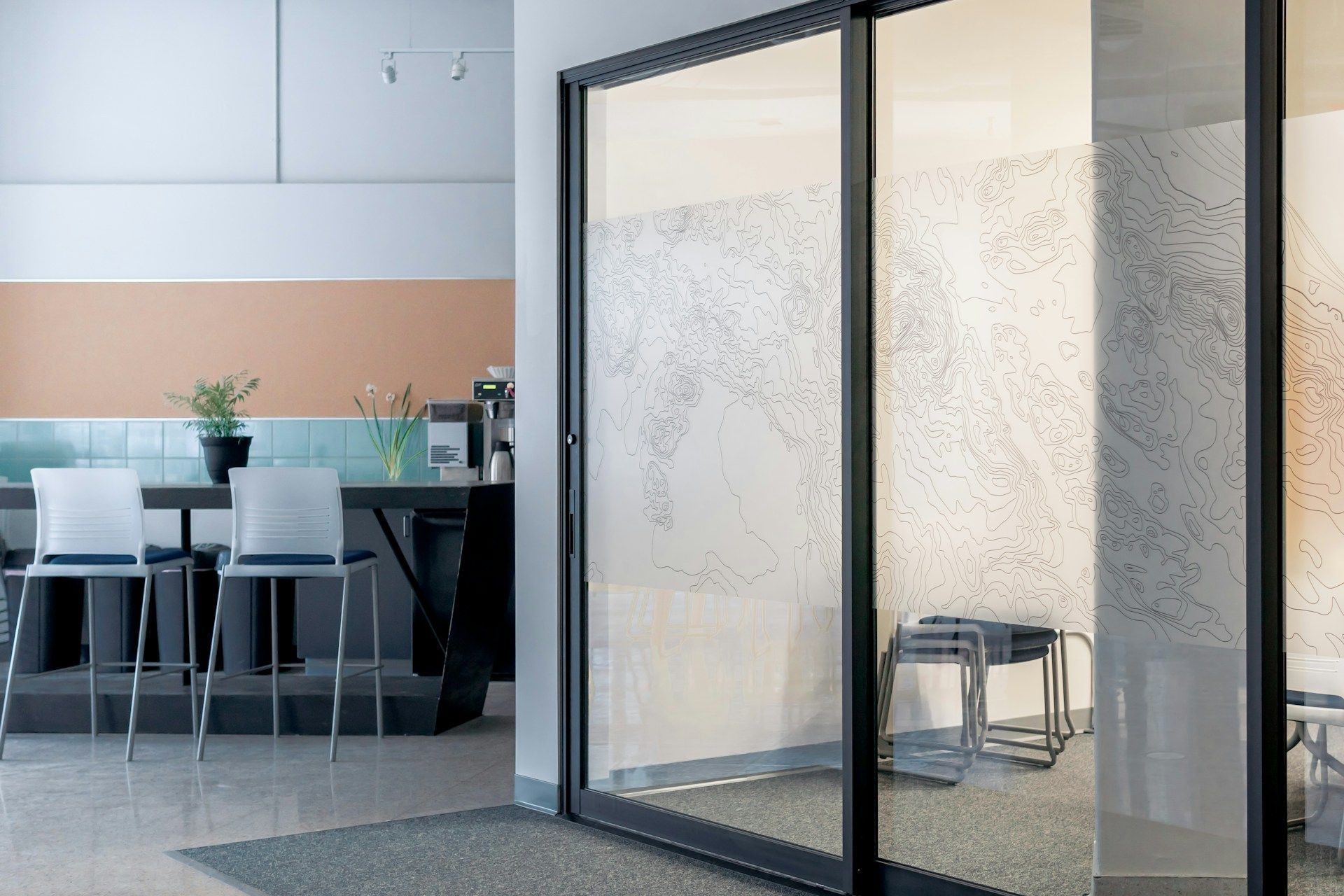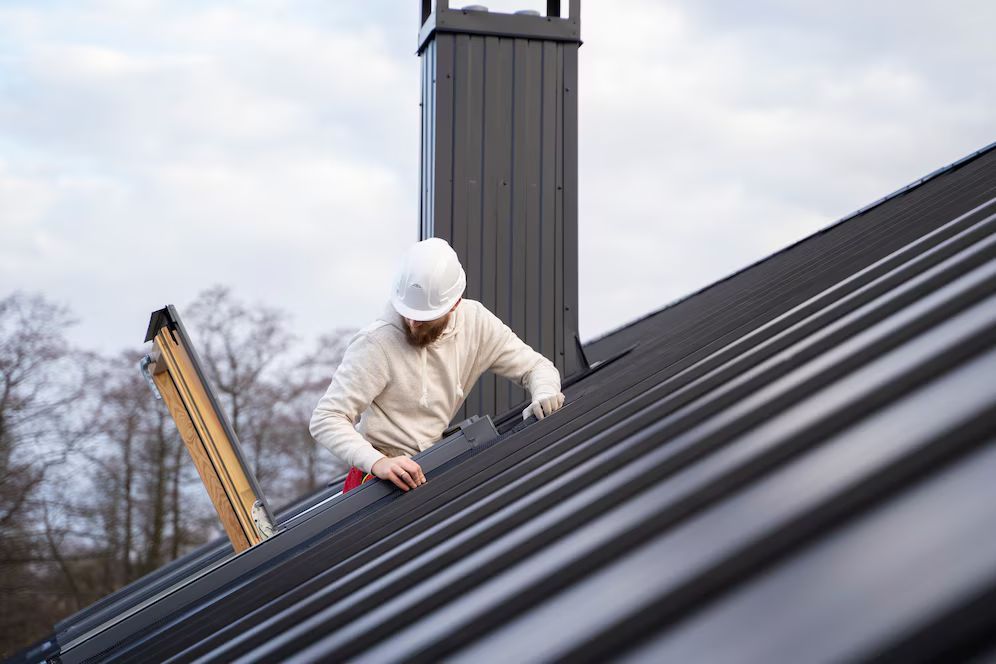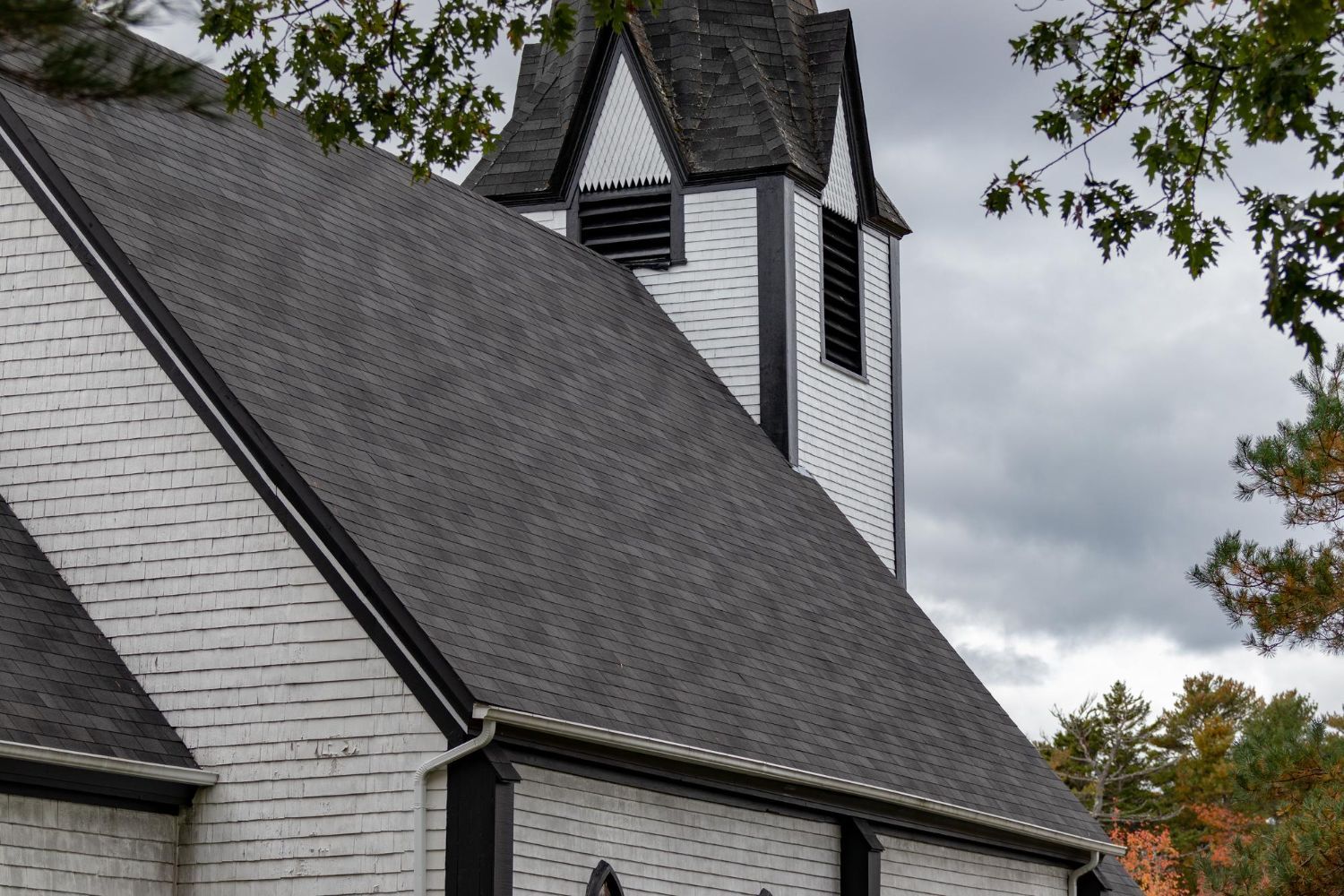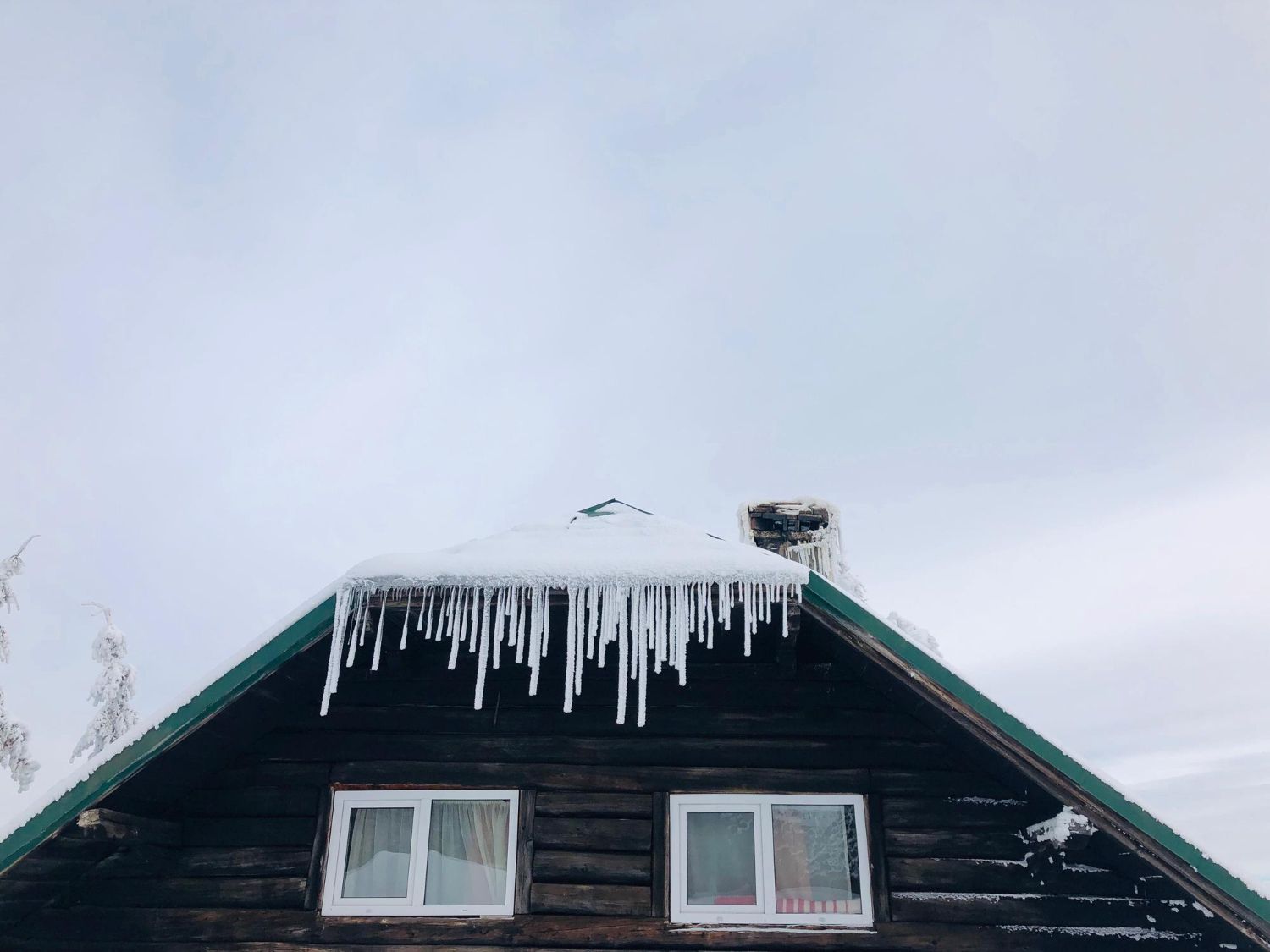How to Deal with Roof Moss in Humid Climates
Roof moss is a common challenge for homeowners in humid climates. While it might look harmless, moss can cause big problems for your roof. It flourishes in wet conditions, growing rapidly and putting your roof's health at risk. Moss retains moisture, which can damage shingles and lead to leaks.
Addressing roof moss early is crucial. Letting it grow unchecked can compromise your roof's structural integrity. Regular inspections and maintenance can help keep things under control. By staying vigilant, you can prevent costly repairs down the road.
Understanding why moss thrives and how to combat it is key to protecting your home. With the right approach, you can keep your roof in tip-top shape, even in the dampest of climates. Let's dive into what you need to know to keep roof moss in check.
Understanding Roof Moss
Moss is a small green plant that doesn't have flowers and mostly thrives in damp, shady conditions. This makes it common on roofs in humid climates or areas with lots of rain. Moss tends to grow in clumps and can quickly spread across the surface of a roof if not managed properly. It holds moisture, which is the main ingredient for its spread, making it especially problematic in areas where humidity is constant.
When moss builds up on a roof, it can cause several problems. Its ability to retain moisture means that your shingles or other roofing materials are constantly damp. Over time, this moisture can seep through the roof, leading to leaks and potential damage to the wood beneath. In addition to leaks, the weight of the moss can stress the roofing materials, leading to cracked or broken shingles. This not only shortens the lifespan of your roof but can also lead to costly repairs if left unchecked.
Regular roof inspections are crucial in these humid areas to catch moss before it gets out of hand. A good inspection routine helps spot early growth and understand the overall health of your roof. Addressing moss early means less damage to the roof and fewer repairs over time. Plus, it helps maintain the roof's integrity, keeping your home safe and dry.
Prevention Techniques for Roof Moss
Preventing moss from overtaking your roof involves several methods to keep your roof clean and dry. Here are some effective preventative measures to consider:
1. Regular Cleaning: Routinely clean your roof using a soft brush to clear away any debris and early moss growth. This keeps the surface clear and discourages further moss spread.
2. Trimming Overhanging Branches: Trees can create shade and drop organic material, perfect conditions for moss growth. Trimming these branches reduces shade and debris, hindering moss development.
3. Zinc or Copper Strips:
Installing strips made of zinc or copper along your roof ridges can deter moss. Rainwater reacts with these metals, creating an environment that moss dislikes.
4. Improved Ventilation:
Increasing roof ventilation can reduce the moisture that moss thrives on. Ensuring proper airflow helps dry out the roof surface, making it less appealing for moss.
5. Using Moss Products: Consider applying roof-friendly moss inhibitors. These products prevent moss spores from taking root, halting growth before it starts.
By integrating these measures into regular maintenance, you can effectively prevent moss from becoming a problem. Keeping your roof clear and dry not only helps prevent moss but also preserves the longevity and appearance of your home. Regular attention to these simple tasks can save you significant time and money in the long run.
Safe Removal Practices
Removing moss from your roof safely is key to preserving the roof's condition. It requires some careful steps to ensure you do not cause more damage to the shingles or tiles.
Begin by gathering the right tools and materials. Use a soft-bristle brush to gently scrub away the moss without scratching the surface. This is crucial as harsh brushing can loosen or crack shingles. Specialized moss cleaners are available that help break down moss effectively. These cleaners are applied, allowed to sit for a specified time, and then washed away with water, eliminating the moss in a gentle manner.
Avoid using pressure washers. While they might seem like a quick solution, pressure washers can strip away granules from shingles, leading potentially to early roof failure. Harsh chemicals are also a big no. They can cause discoloration and weaken shingle materials, leading to long-term damage.
For areas that are hard to reach or heavily infested with moss, you might consider installing zinc or copper strips post-cleaning. These metals naturally deter moss when rainwater passes over them, helping to keep the roof clear of new growth.
When to Call Professionals
Sometimes the moss situation on your roof can become overwhelming or risky to tackle alone. Knowing when to seek professional help is important for your safety and your roof’s health. Extensive moss growth across a large part of the roof may require experts. Professionals have the experience and equipment to handle significant removal tasks without risking harm to the roof or themselves.
Hiring roof specialists can provide peace of mind. They perform thorough inspections to check for hidden damage and ensure every bit of moss is removed, something that’s tough to ensure with DIY methods. Moreover, they use safe techniques and proper materials, protecting both your roof and the environment.
Attempting to remove moss without the right know-how can lead to slip-and-fall accidents or unintended damage to your roof. Experts understand these risks and take the necessary precautions. It’s better to let professionals handle severe cases to prevent costly mistakes.
Conclusion
Moss on the roof might seem like a minor issue, but it can lead to significant problems if not properly addressed. Understanding how moss can affect your roof, using prevention techniques, and safely removing existing moss are essential steps to maintaining a healthy roof. While some tasks can be managed on your own, it’s always wise to know when to call in the experts to avoid unnecessary risks.
Let Region Roofing & Remodeling handle your
Indiana roofing concerns. Our team provides thorough inspections and safe removal practices that keep your roof in top shape. Whether you need preventive measures or extensive moss cleanup, we’re here to help ensure your home stays secure and sound. Reach out to us today and discover how we can protect one of your home's most critical components.
